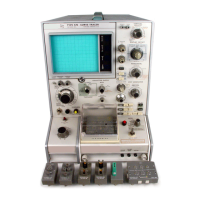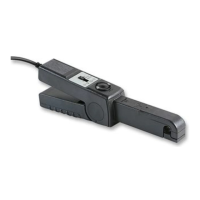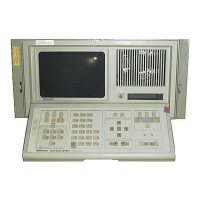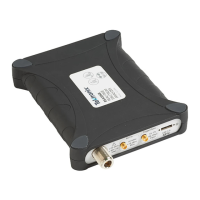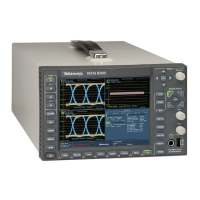Measuring Waveforms
CSA7000B Series & TDS7000B Series Instruments User Manual
3- 151
Taking Cursor Measurements
Because cursor measurements give immediate feedback of the amplitude or time
values they measure, they are usually quick to take and are more accurate than
graticule measurements. Since you position cursors wherever you want them on
the waveform, they are easier to localize to a waveform segment or feature than
automatic measurements.
You can measure time or amplitude or both. Vertical cursors measure time or
distance on screen, horizontal cursors measure voltage or amplitude, and
waveform and screen cursors measure both. Table 3--9 expands on these
definitions.
Table 3- 9: Cursor functions (types)
Cursor function Parameter m easured Cursor readout
Horizontal cursors
Horizontal cursors m easure amplitude (volts, watts). Each cursor
measures with respect to:
H V1 = Level @ Cursor 1 with respect to its source ground level
H V2 = Level @ Cursor 2 with respect to its source ground level
H ΔV = Level @ Cursor 2 -- Level at Cursor 1
Level is cursor displacement from the source ground times the
source volts/div. Note that the two cursors may have different
sources and therefore can have different volts/div settings.
Vertical cursors
T
Vertical cursors measure di s tance (t ime in seconds or bit s). Each
cursor measures with respect to:
H T1 = Time @ Cursor 1 with respect to the trigger point
H T2 = Time @ Cursor 2 with respect to the trigger point
H ΔT = Time @ Cursor 2 -- Time @ Cursor 1
Time is divisions of displacem ent of the cursor from its source trigger
point times the source time/div.
Waveform (and Screen) cursors
T
Waveform cursors measure both voltage and time. Each cursor is,
in effect, both a vertical and horizontal cursor. You canselect t he style
of the cursors. These waveform cursors cannot be moved off the
waveform.
Note that Screen cursors are the same as waveform cursors except
that the cursors can be moved off the waveform.
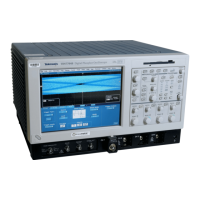
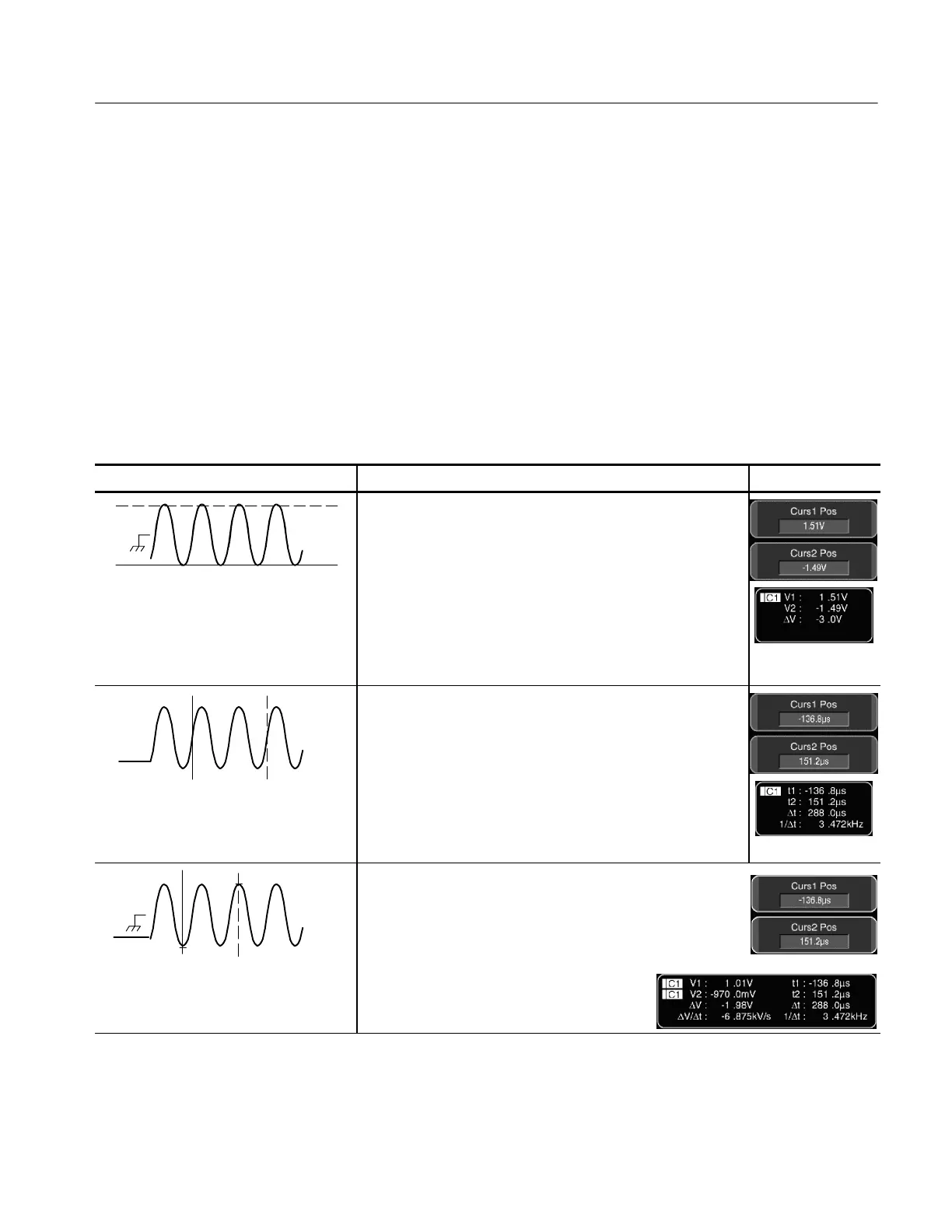